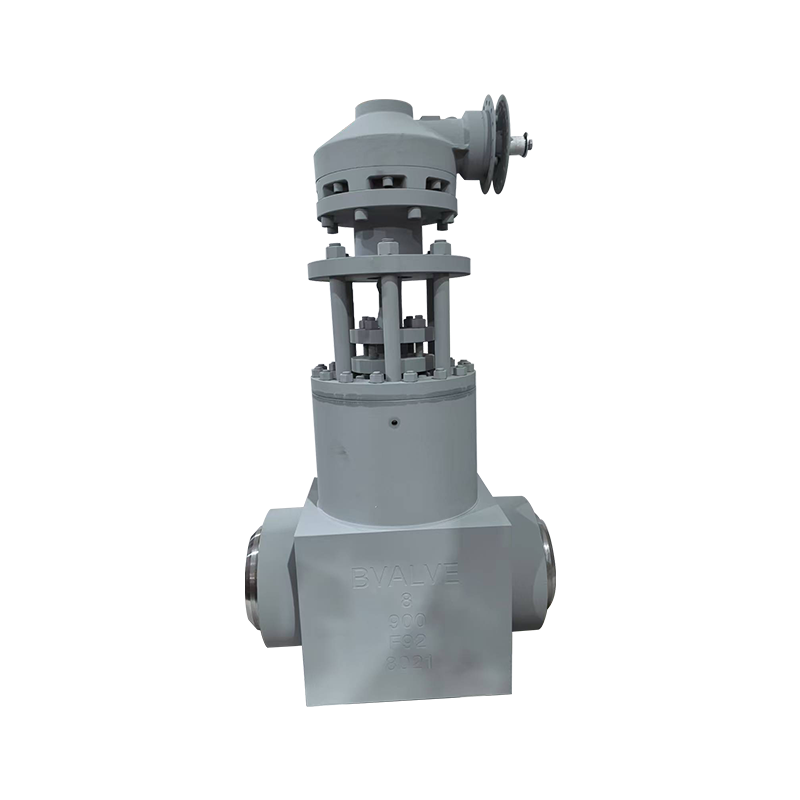
The Y Pattern Gate Valve is a specialized form of gate valve designed with an angular body shape that improves flow characteristics and operational efficiency. Unlike conventional gate valves, which typically feature a straight-through design, the Y pattern incorporates an inclined stem and seat, reducing turbulence and pressure drop during operation.

One key advantage of the Y pattern design is its lower flow resistance. The angular alignment between the inlet and outlet reduces the degree of direction change for the fluid, resulting in smoother flow and less energy loss. This feature makes the valve well-suited for systems where maintaining pressure and efficient flow is essential, such as steam lines or high-temperature service.
The inclined stem design also provides operational benefits. It allows for easier access to the valve internals during maintenance and facilitates self-draining in horizontal installations, which can help prevent fluid buildup and freezing in certain environments.
Another notable benefit is the compact footprint. While the valve body includes a slight bend, the overall profile remains more compact than other types offering similar flow performance. This makes it a good fit for installations with limited space.
Y Pattern Gate Valves are commonly constructed from durable materials like forged steel or stainless steel, ensuring performance in high-pressure or high-temperature conditions. They offer a balanced solution for durability, flow efficiency, and maintenance accessibility, making them a preferred choice in various industrial applications.
The Marine Globe Valve is an essential component in shipboard fluid systems, used to control flow in lines handling seawater, fuel oil, steam, and other service fluids. Given the harsh and variable conditions in marine environments, careful design considerations are necessary to ensure valve performance, safety, and durability.
One of the foremost factors in marine valve design is corrosion resistance. Exposure to saltwater and humid air can accelerate material degradation. Therefore, marine globe valves are typically made from bronze, stainless steel, or other corrosion-resistant alloys. Protective coatings may also be applied to internal and external surfaces to enhance longevity.
Another important aspect is compact design and accessibility. Ships often have limited space in engine rooms or under decks. Valves must be designed for tight installations, with handle mechanisms that are easy to operate manually, even in confined spaces. Features like bolted bonnets and rising stems are chosen to allow straightforward maintenance access.
Pressure and temperature ratings are also key. Marine systems often include hot steam or cold seawater, so the valve must be able to withstand a range of operating conditions without compromising seal integrity. Globe valves are particularly well-suited to these requirements due to their effective throttling capabilities and positive shut-off features.
The Plumbing Globe Valve plays a crucial role in domestic and commercial water systems by offering precise flow control and shut-off capabilities. Manufacturing these valves involves adhering to established standards to ensure reliability, compatibility, and safety in typical plumbing applications.
A key standard for plumbing valves is ANSI/ASME B16.34, which outlines specifications for pressure-temperature ratings, materials, dimensions, and testing procedures. Compliance with this standard helps ensure the globe valve performs under expected operating conditions without leakage or failure.
Material quality is central to manufacturing standards. Brass, bronze, and stainless steel are frequently used due to their corrosion resistance and compatibility with potable water. In cases involving drinking water systems, materials must also meet requirements under NSF/ANSI 61, which certifies that the materials used do not leach harmful substances into the water.
Threaded or soldered connections on plumbing globe valves must be manufactured to consistent specifications to ensure leak-free installation. For example, NPT threads conforming to ASME B1.20.1 or solder ends that match ASTM B88 tubing dimensions are commonly used for ease of integration into piping systems.

